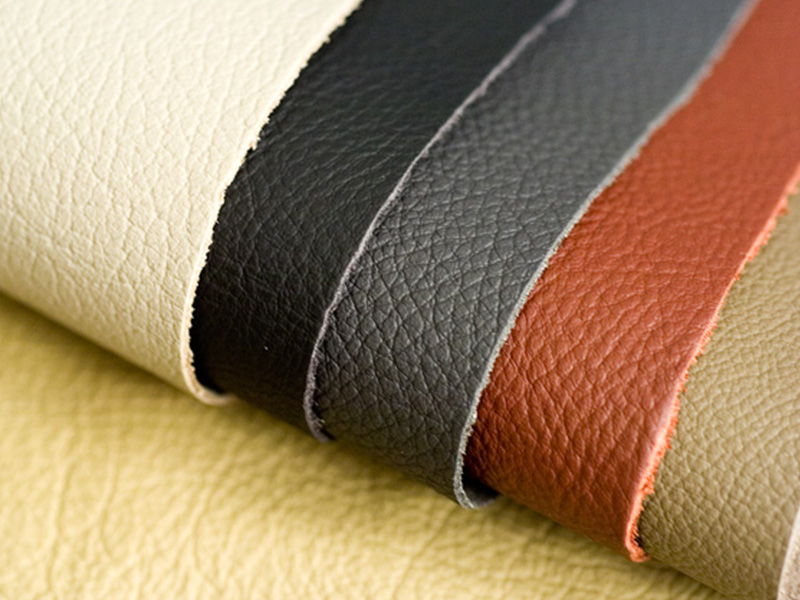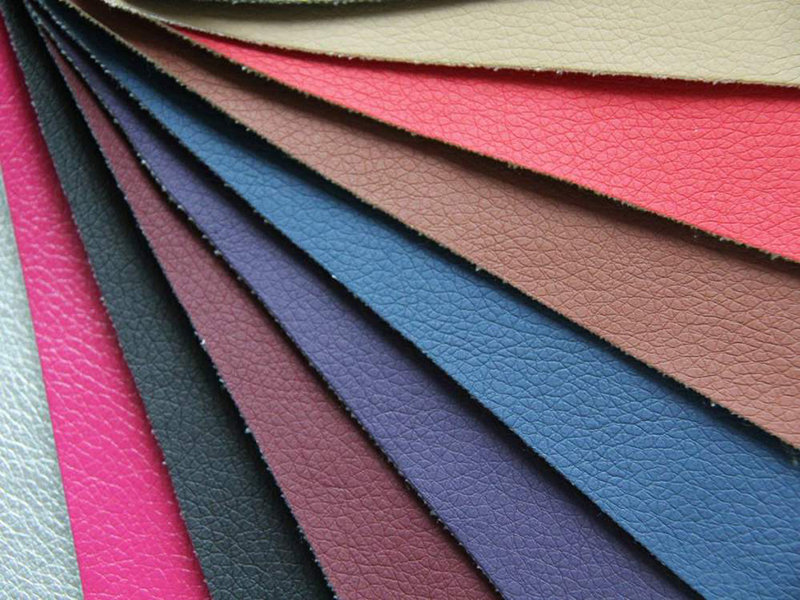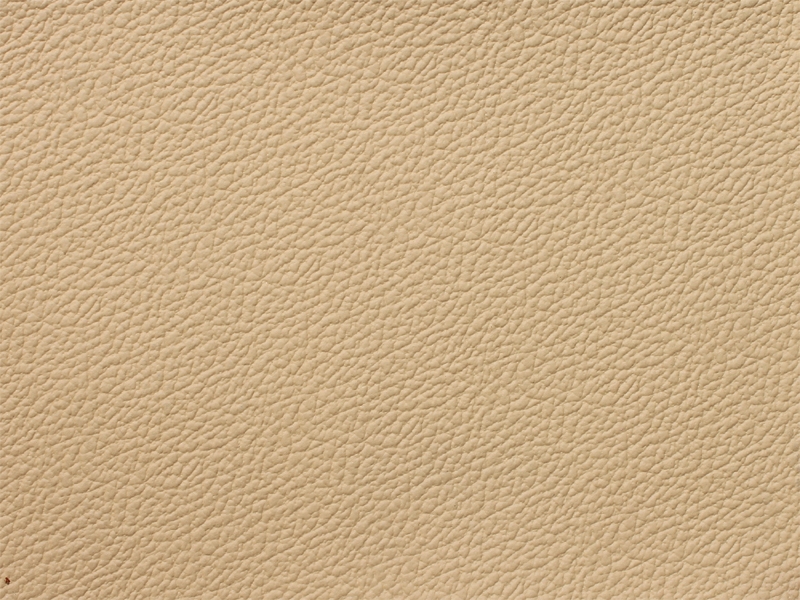When it comes to the production of leather goods, one of the most significant factors that contribute to the overall cost is the price of the raw material. In this article, we will delve into the various aspects of leather raw material cost, including the best types of leather to use and how to maximize its utilization.
The cost of leather raw material can vary significantly depending on a variety of factors. One of the key considerations is the type of animal from which the leather is sourced. The most popular types of leather come from cows, pigs, goats, and sheep. Each of these animals produces a distinctive type of leather with its own unique characteristics and properties.
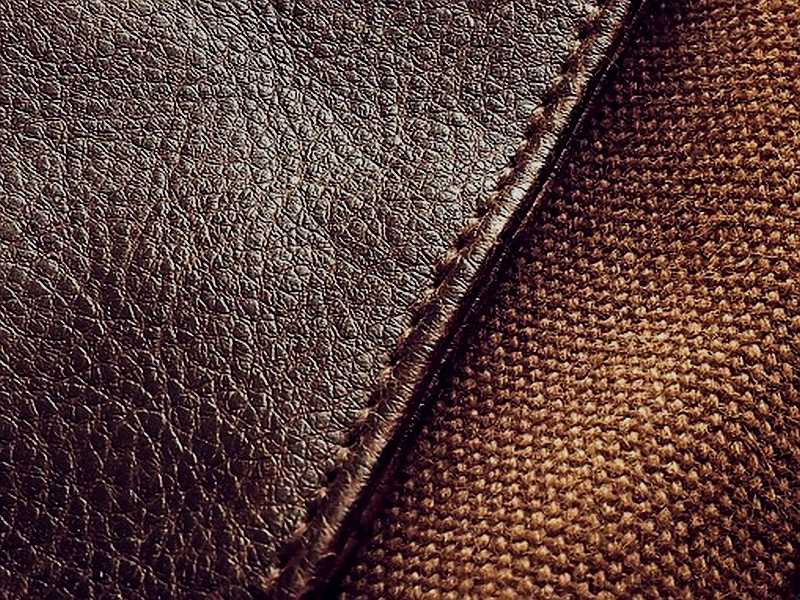
Cowhide, for example, is widely regarded as the most durable and long-lasting type of leather. It is also relatively cost-effective compared to other types of leather. The thickness of the cowhide affects the price, with thicker hides being more expensive. Additionally, the quality of the hide, determined by factors such as hair density, presence of scars, and overall condition, can also impact the price.
Pigskin is another commonly used leather material with its own advantages. It is known for its softness and flexibility, making it ideal for applications such as clothing and upholstery. While pigskin leather may not be as durable as cowhide, it is more affordable and can offer good value for money.
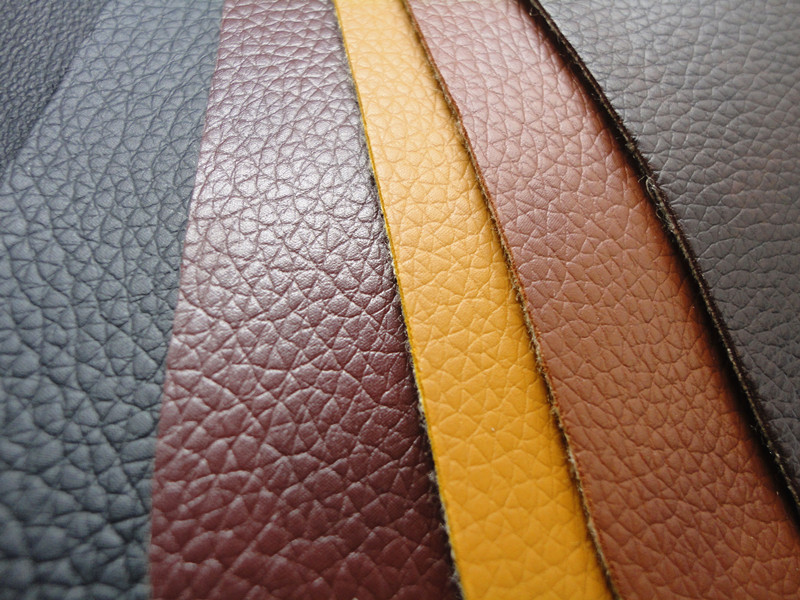
Goatskin and sheepskin are also popular choices for leather goods. Goatskin leather is prized for its natural grain, durability, and resistance to water, making it suitable for creating products like gloves, shoes, and wallets. On the other hand, sheepskin is highly regarded for its softness and luxurious feel, making it a preferred choice for high-end products such as jackets and footwear.
In addition to the type of animal, other factors such as the tanning process and finishing techniques can also impact the cost of the leather raw material. Tanning refers to the process of treating animal hides to preserve and stabilize them. There are several methods of tanning, including chrome tanning, vegetable tanning, and synthetic tanning. Each method has its own advantages and cost implications.

Chrome-tanned leather is the most commonly used method due to its affordability, speed of production, and ability to produce a wide range of finishes. Vegetable-tanned leather, on the other hand, is known for its eco-friendliness and creates unique patina over time. It is often associated with high-quality, luxury products. Synthetic tanning, which uses chemicals instead of plant or animal materials, can offer cost savings but may lack the natural aesthetic appeal.
Once the leather raw material has been acquired, it is crucial to maximize its utilization to optimize cost efficiency. Leather leftovers or offcuts can be utilized for various purposes, such as patchwork, small accessories, or even creating new products. By minimizing waste and finding innovative ways to utilize every part of the leather, businesses can reduce costs and improve sustainability.
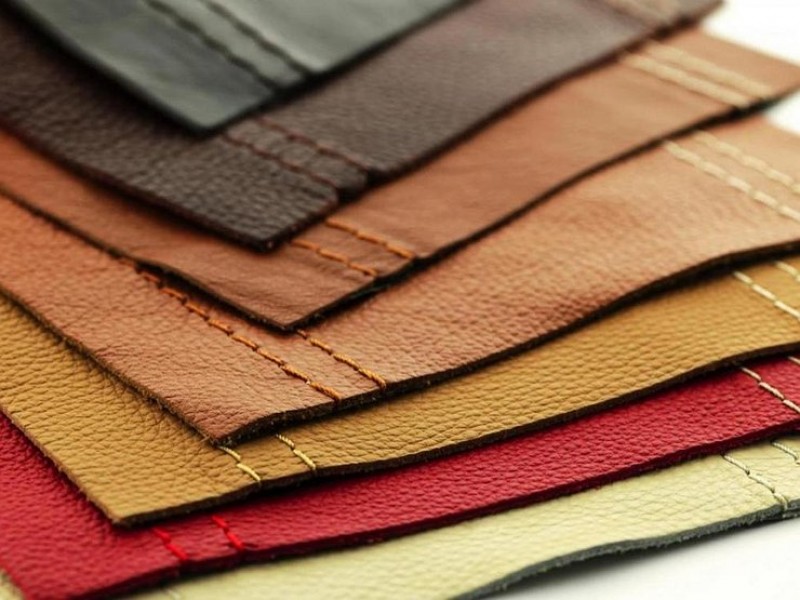
Implementing efficient cutting and sewing techniques can also contribute to cost savings. By carefully planning the layout of patterns and pieces on the leather, manufacturers can minimize material waste and maximize yield, reducing the need for additional purchases of raw material.
In conclusion, the cost of leather raw material is influenced by various factors such as the type of animal, the quality of the hide, the tanning process, and finishing techniques. Cowhide, pigskin, goatskin, and sheepskin are some of the most popular types of leather, each with its own unique characteristics and price range. Maximizing the utilization of leather and implementing efficient cutting and sewing techniques are essential methods for ensuring cost efficiency. By understanding these factors and making informed decisions, businesses can effectively manage and optimize leather raw material costs.
